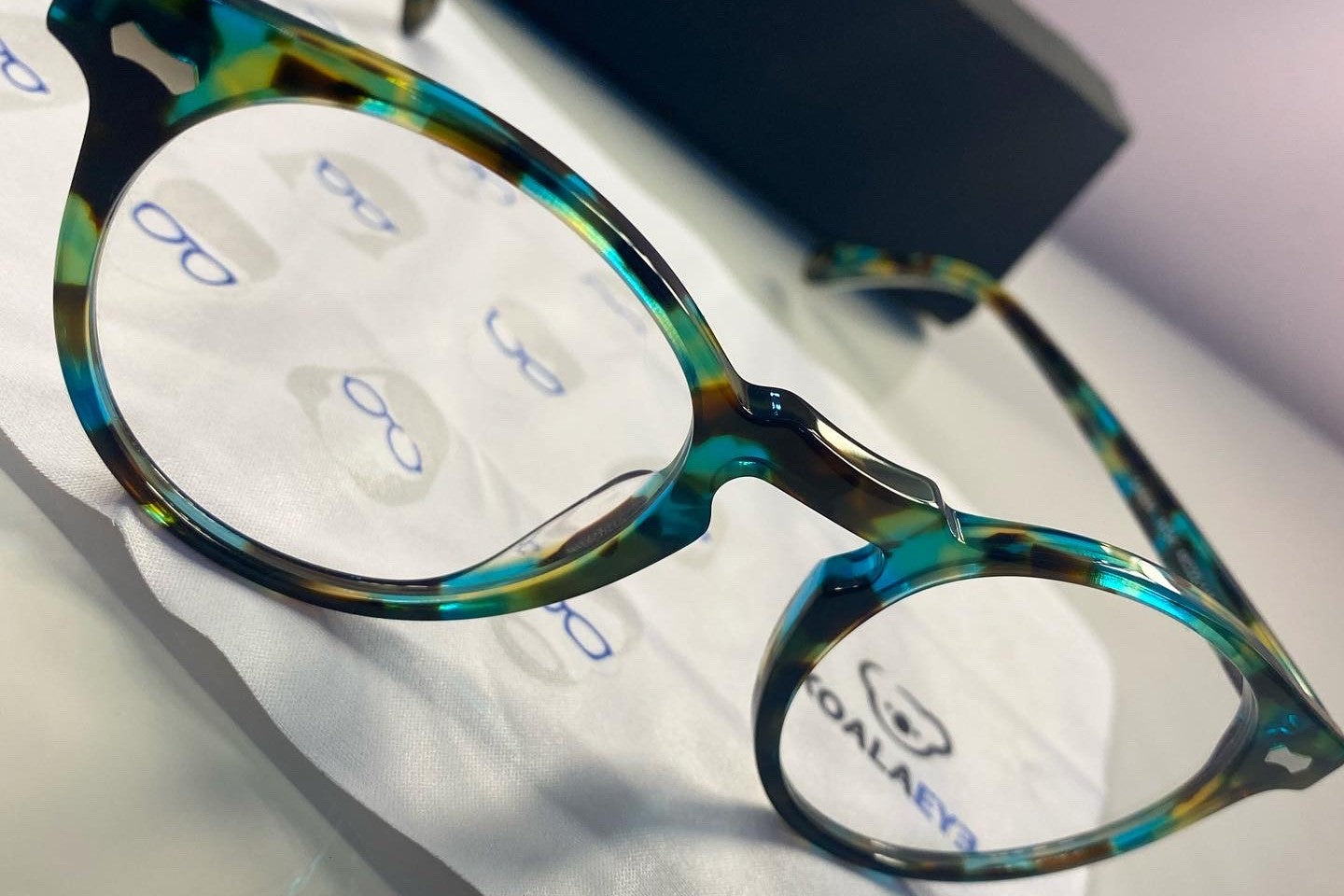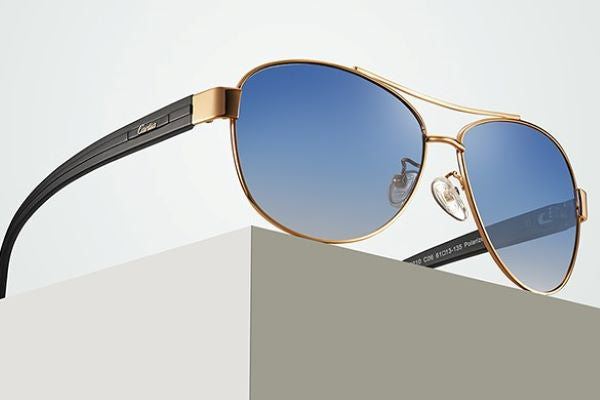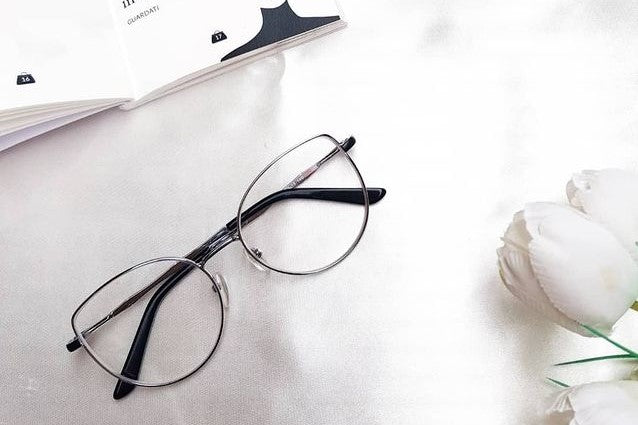What Are Colorblind Glasses?
Colorblind means that you can’t see the depth or richness of certain color shades. Colorblind glasses are eyeglasses with specially tinted lenses that help a colorblind person to see colors more accurately. Colorblind glasses do not cure color blindness or produce 100% normal color vision. But they enhance and partially correct certain color vision deficiencies of colorblind individuals.
Color blindness is common among people, especially in men. Blindness is an inherited condition, but can also be acquired. It can also occur if the eyes are damaged due to injury or from another disease that affects vision.
Colorblind glasses claim to assist with detecting differences between colors. They also claim to add additional vibrancy to the colors that people with color blindness may not fully experience.
Why do you need night-driving glasses?
Aging causes our pupils to become progressively smaller, so they don't dilate as quickly. A smaller pupil means less light reaches your retina, which makes it harder to see at night. The weak artificial light, and the fact that we can't see beyond these sources in the dark, exacerbate the dangers of night driving. For people wearing prescription glasses, the risk of driving at night is much greater. Driving can be stressful, especially if you have poor eyesight. This is especially true at night. If you have poor vision and drive at night, you're vulnerable to a number of potential hazards, and we're talking about prescription glasses for night driving. These glasses can play a big role in making you safer and more comfortable. They can even save your life. This is especially important as night vision decreases with age. When you drive at night, choosing the best prescription glasses for night driving can make your life easier.
What Are Progressive Lenses?
Progressive lenses are designed for people who are over 40 years old. It is a blended multi-focal lens with distance correction at the top, intermediate in the middle, and reading at the bottom. The goal is for the lens to work how your eye naturally works to let you see things both close up and far away.
Progressive lenses are made with an hourglass shape so there is some blurriness on the outer edges, but since it gives you your full range of vision, it is generally better than a bifocal despite being similar.
Blue light in natural light
Blue light is not the unique light emitted by electronic products, but the visible light that exists in natural light, usually with a wavelength of about 400-500nm. The blue light in the entire waveband can be subdivided into two parts. One part will cause optical damage to the retina of the eye and accelerate the oxidative senescence of cells in the macular area of the retina. Usually, the wavelength of this part of blue light is between 415-450nm, and its damage to the eyes is gradually accumulated and formed. There is also a part of blue light that is beneficial to our human body, that is, blue light with a wavelength of about 480nm. It can adjust biological rhythms and is helpful for sleep, mood, and memory. In addition, experiments have confirmed that daily outdoor activities in the sun can effectively prevent the occurrence of myopia, and short-wavelength blue light may play an important role.
How to choose blue light blocking glasses?
Look at lens color. Ordinary lens and blue light blocking lens is the same yellow-green film, and they can be placed in light to identify the place.
Regular lenses have a yellowish tinge in the reflection of light. And anti-blue light glasses film color, there is the blue color in the yellow and green film, this is because of the reflection of blue light.
Look at the instructions. Check the specs and test reports of glasses. Look at the lens manufacturer's qualifications and whether the lens contains radiation.
Eyeglasses in brick-and-mortar stores cost extra.
In order to attract the attention of customers, physical optical stores need to carry out store decoration, and customers need to buy glasses to share the cost, so the glasses in physical stores are more expensive. Physical optical stores have other expenses, such as electricity, employee costs, rent, and so on, which is a big expense, naturally, but also to the customer to share. These are invisible consumption and need to be tied to the customer.
Advantages of acetate glasses frames
Acetate frames are Lightweight and comfortable. As one of the daily necessities, the lightweight acetate frame will not bring a heavy burden to the bridge of the nose. Even if you need to wear glasses all day, you will not feel too much discomfort.
Acetate frames are durable. This is the key factor that makes acetate frames stand out from traditional plastics or other materials. Acetate frames are made by cutting, molding, and polishing multiple pieces of material, which makes them as strong as metal and ideal for eyeglass frames.
Acetate frames can complete various designs. Acetate makes the design easier to maintain. Acetate fiberboard can be designed with colorful patterns, different layers, and many colors. Embedded design can maintain design features more effectively without spraying or painting.
Although acetate frames are more expensive than ordinary plastic frames, it is more cost-effective to choose a more durable acetate frame because glasses are our daily necessities for a long time. Moreover, acetate is comfortable, light, and stylish. Therefore, next time you decide to buy a new spectacle frame, you can try a spectacle frame made of acetate.











































